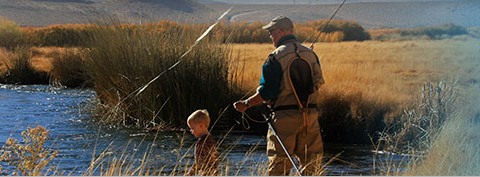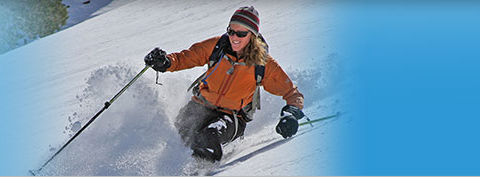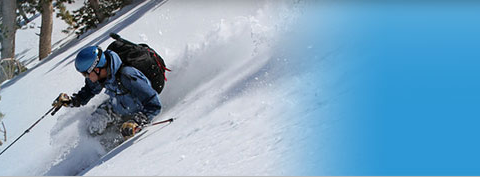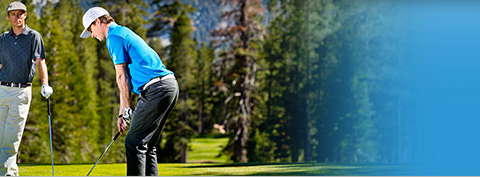Pediatric Thighbone (Femur) Fracture
Pediatric femur fractures can occur when your child falls hard on the ground or gets injured during sports, automobile accidents, or other high energy trauma.
In a femur fracture, the broken bones may be aligned or displaced. The fracture can either be closed (with skin intact) or open (with the bone piercing out through the skin). Your child may experience severe pain, swelling, inability to stand and walk, and limited range of motion of the hip or knee.
Your child’s doctor will conduct a physical examination. An X-ray is usuallyrecommended to locate the position and number of fractures, and determine if the growth plate is damaged. Femur fractures may be treated with non-surgical or surgical methods.
Non-surgical treatment involves stabilizing the bones so they can heal and fuse together. IN younger children (age 1 to 4 or so) spica casting may be used to ensure that the bones are properly set in their normal position. This cast is cumbersome and is applied around the chest, waist and down to the ankle of the injured leg.
Surgery is recommended for older children. Your child’s surgeon aligns the broken bones and uses metal plates and screws or elastic rods to hold the fractured bones together in proper alignment. Your child may have to wear a cast for a few weeks until complete healing. An external fixator may be used in case of open injury to the skin and muscles.





















